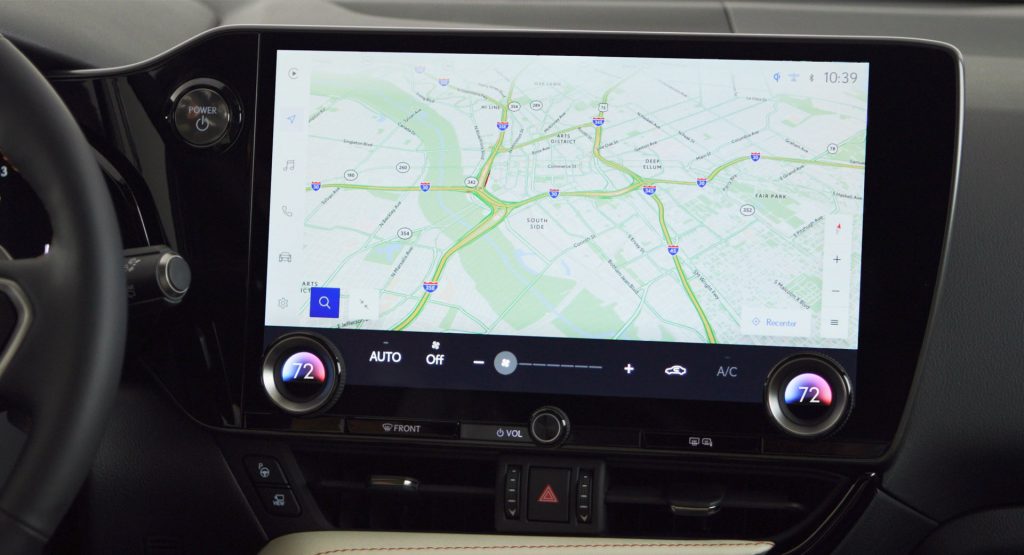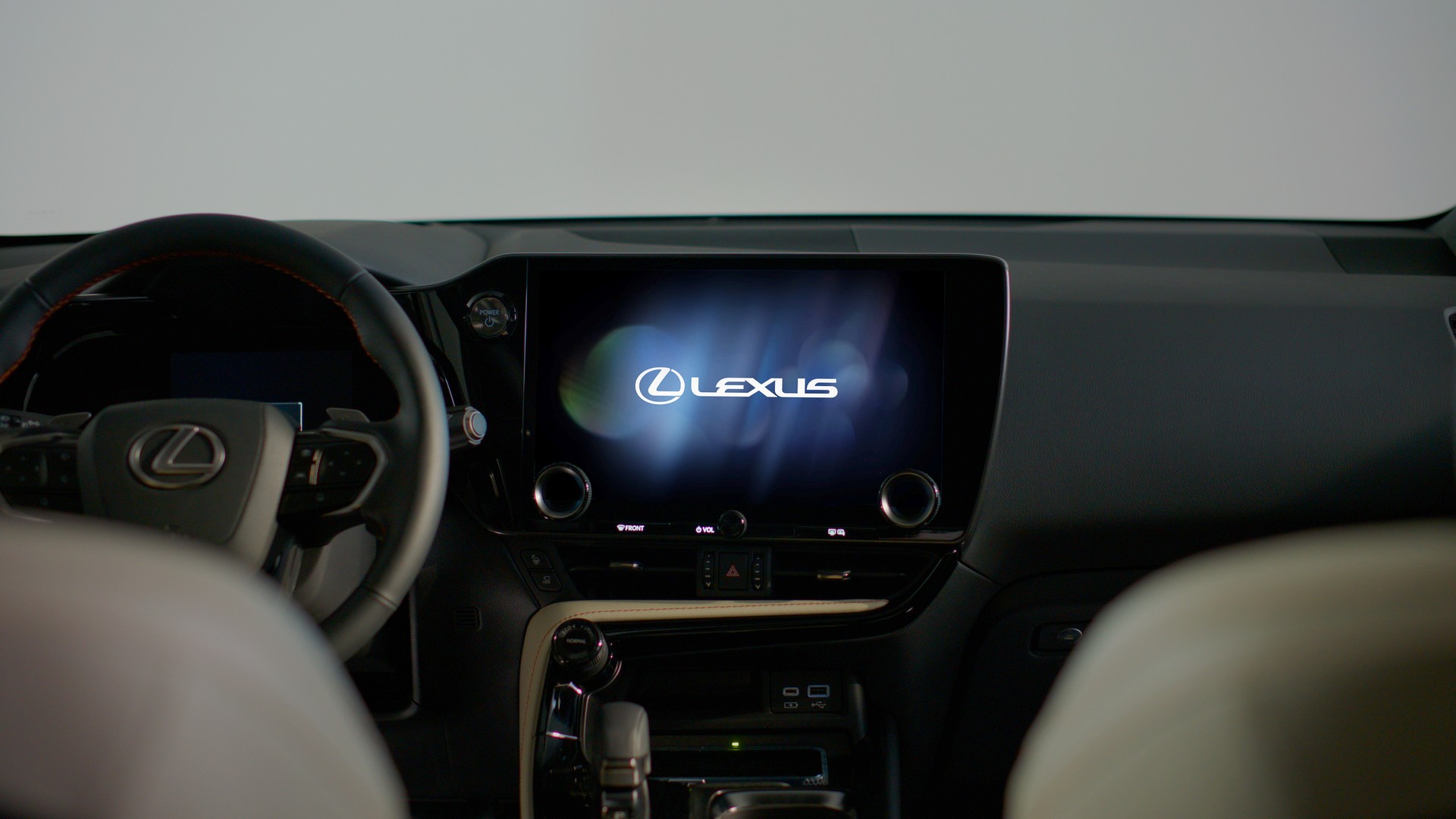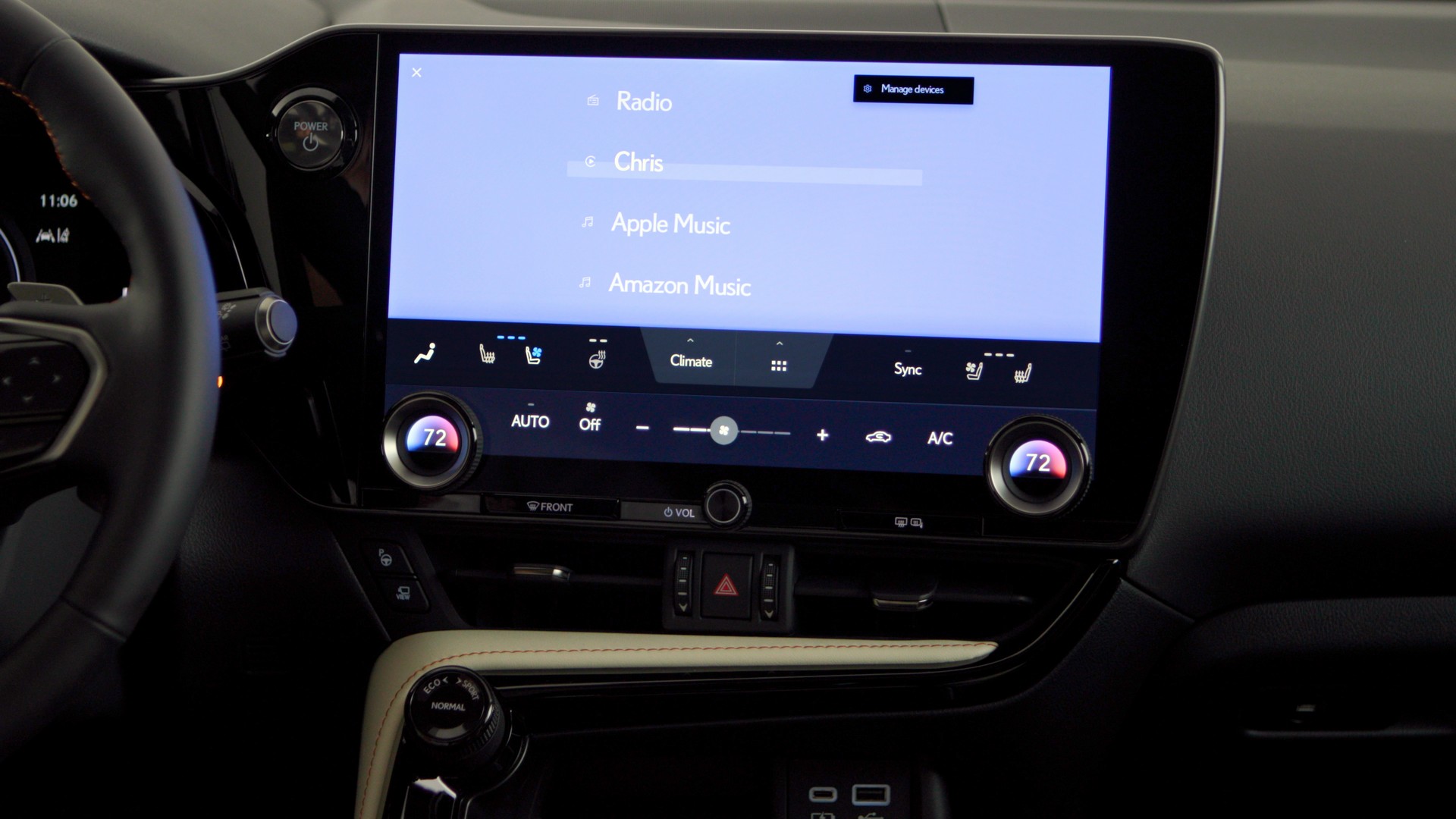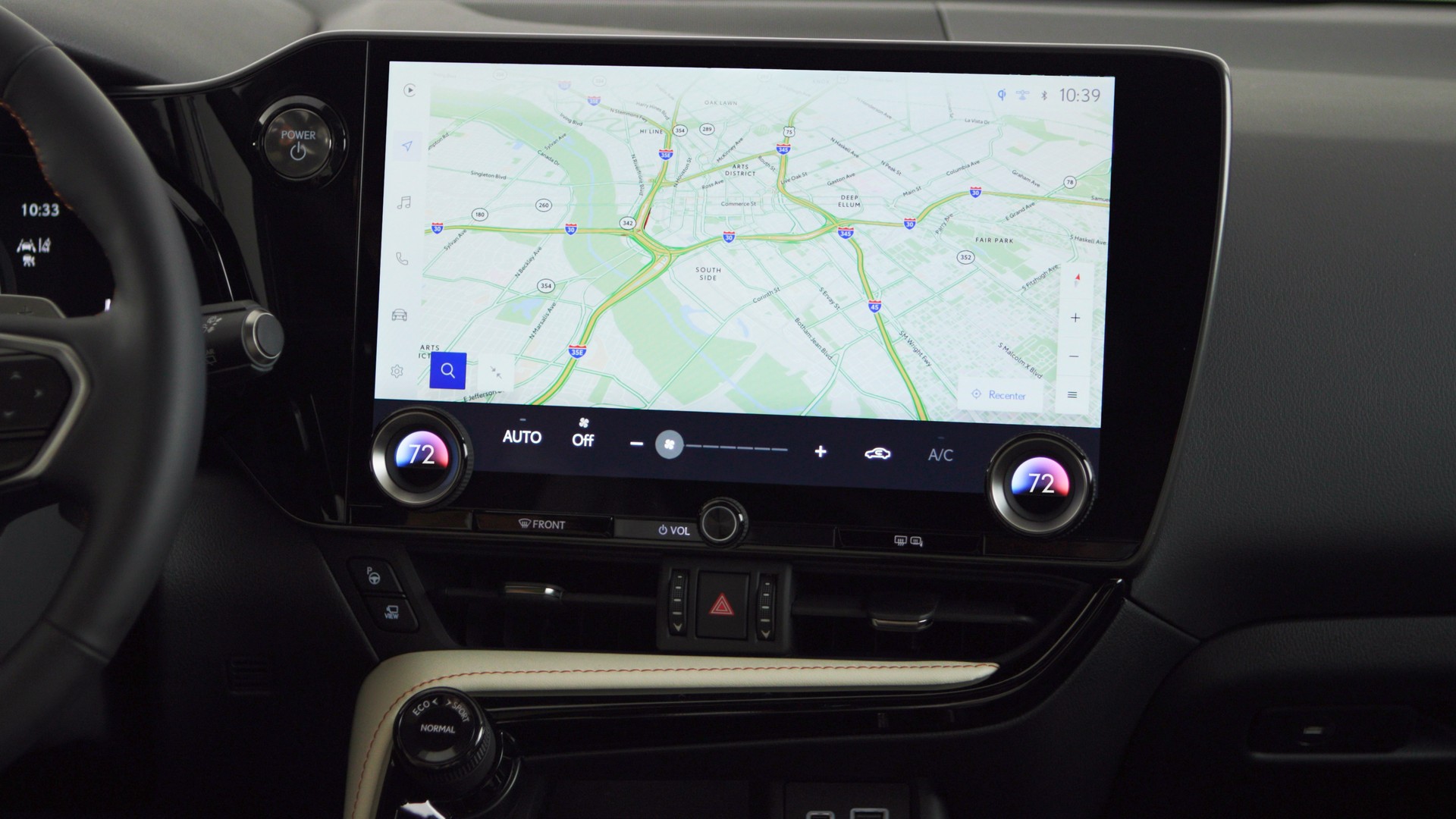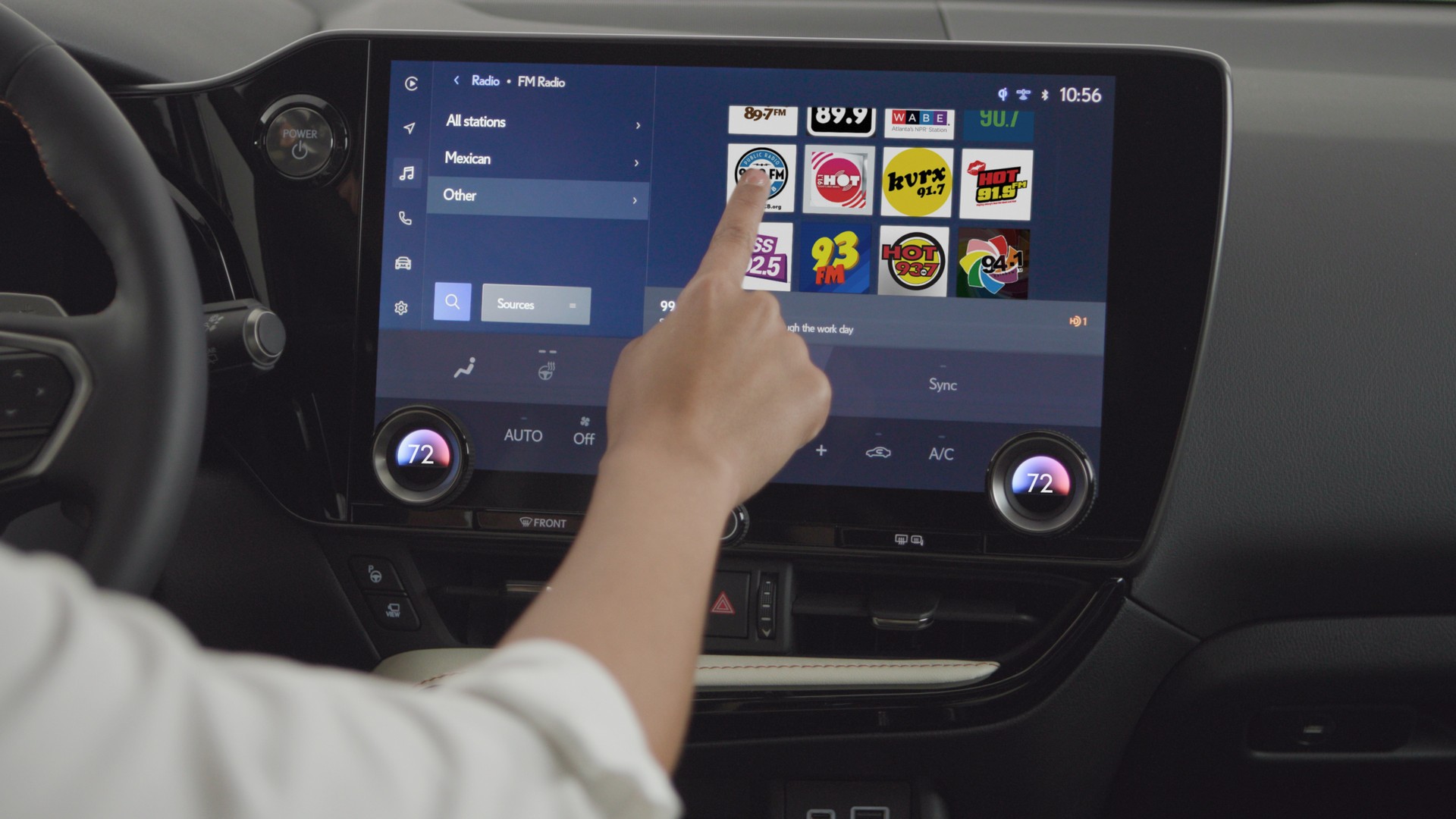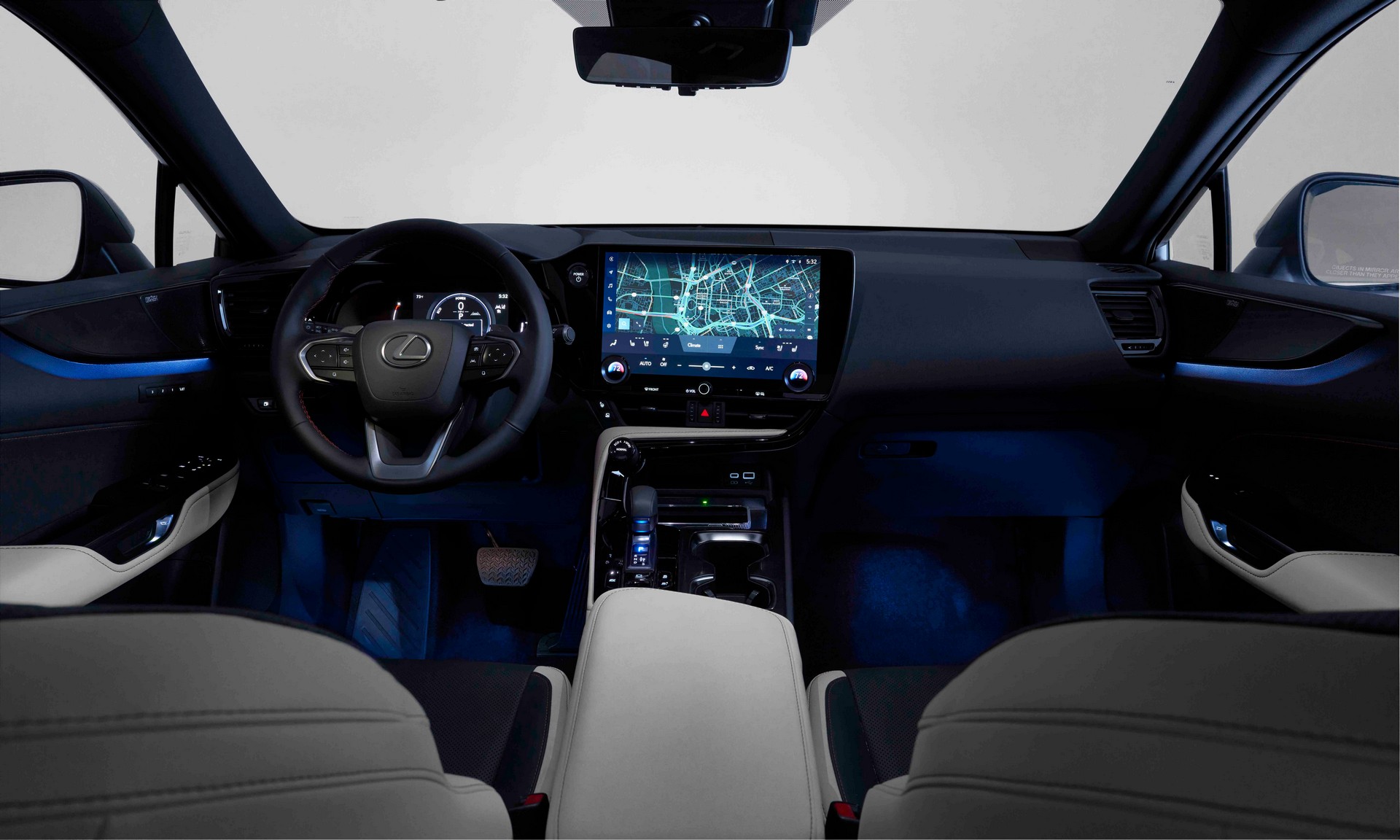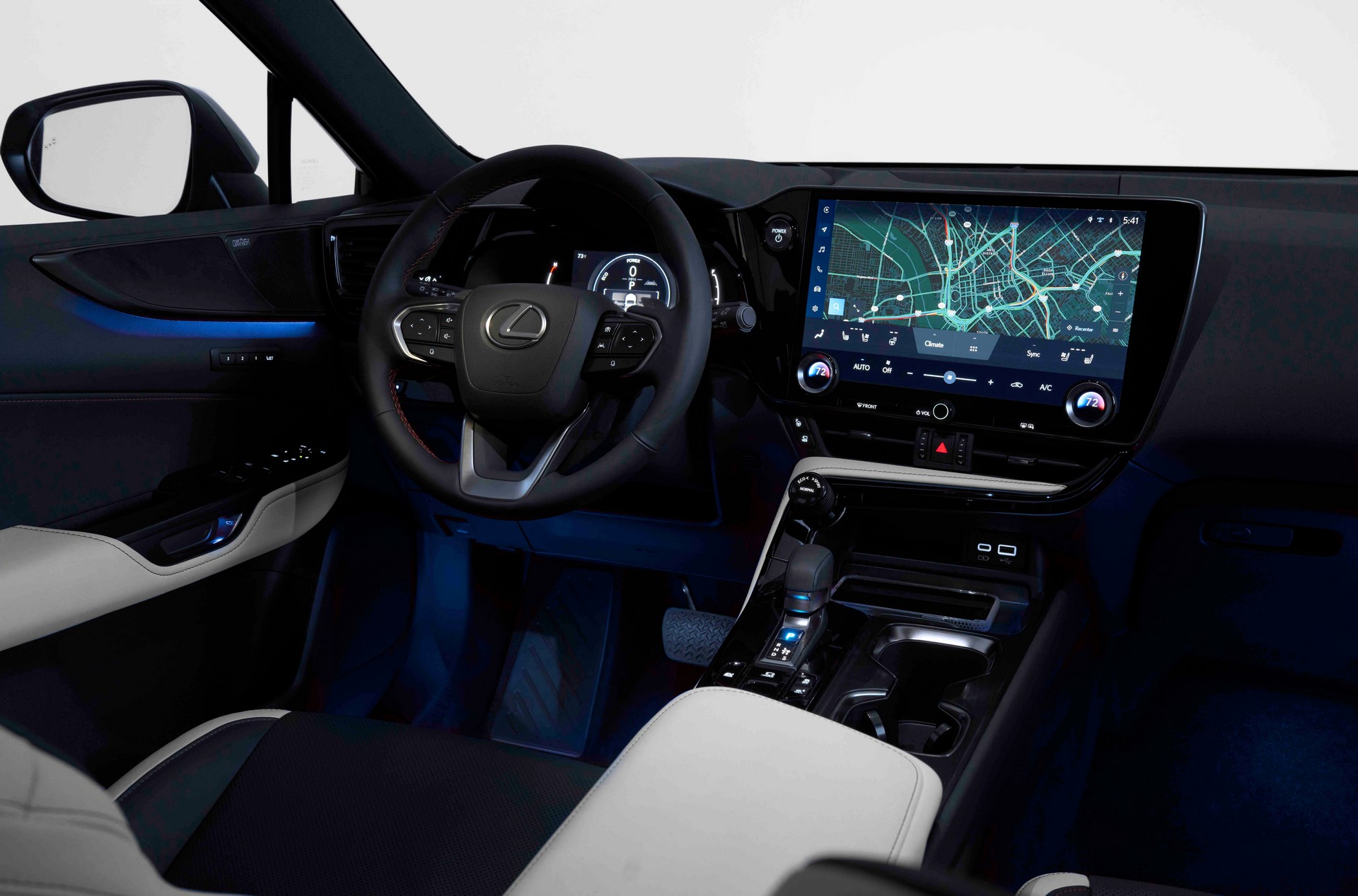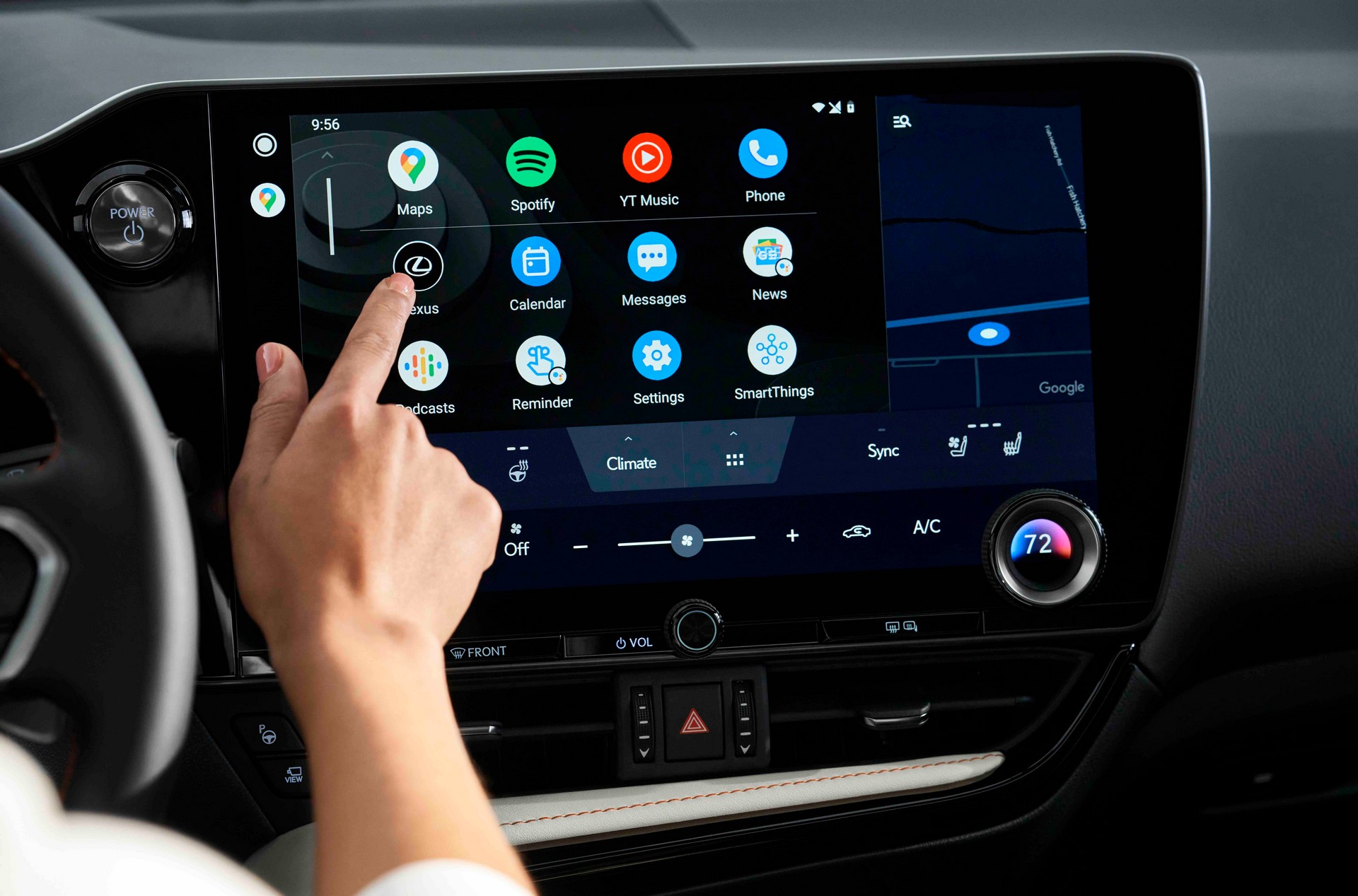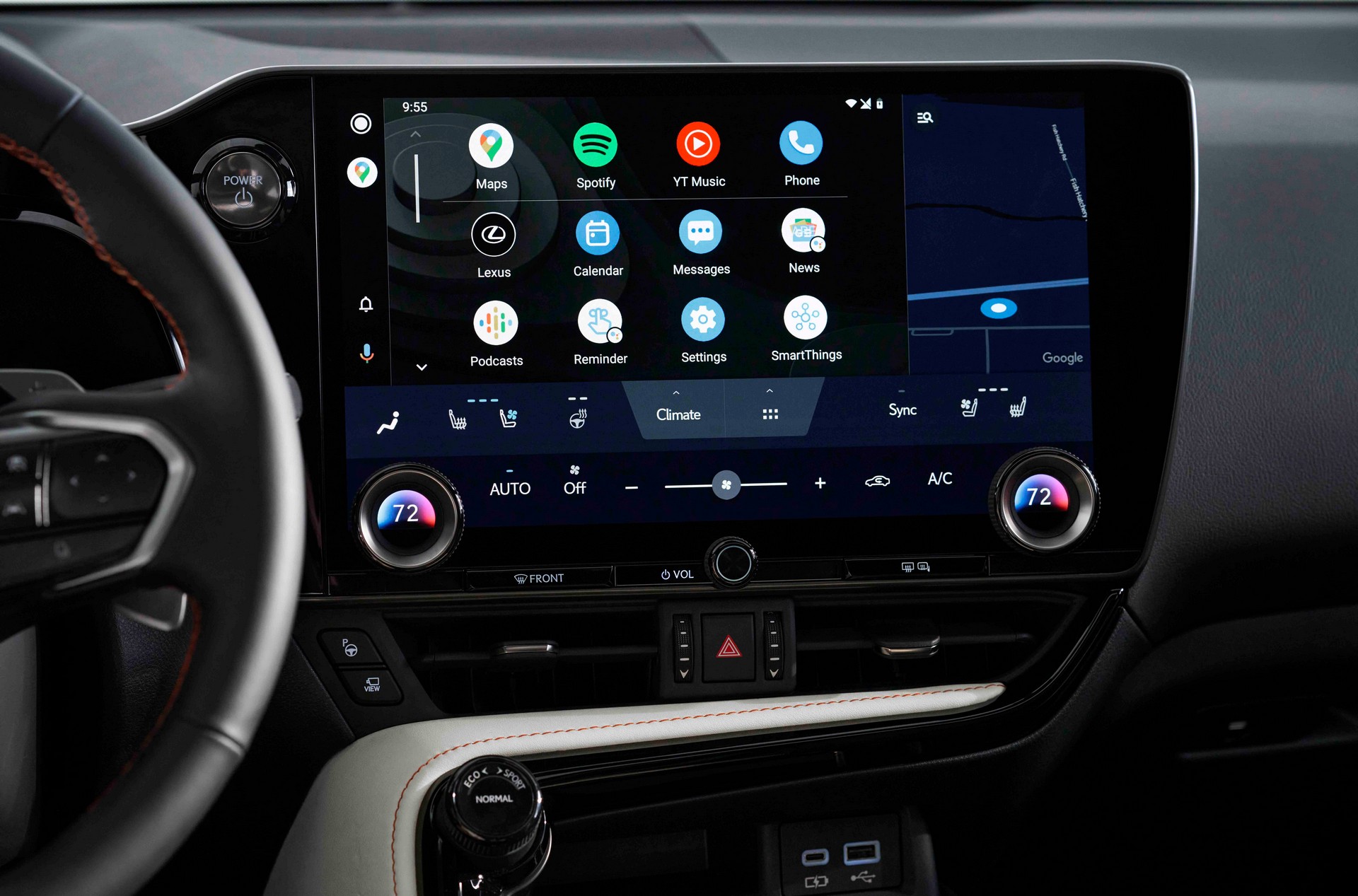Lexus vehicles are renowned for their comfort and reliability, but they’ve been plagued by infotainment systems that range from acceptable to awful.
Lexus knows this all too well and officials referred to them as their “Achilles heel” in a briefing last week. The honesty is refreshing and the company acknowledged infotainment issues are a big reason why Lexus hasn’t fared well in initial quality studies. As J.D. Power noted last year, “infotainment is [the] most problematic category” as “almost one-fourth of all problems cited by new-vehicle owners relate to infotainment.”
The automaker is now addressing the issue with an all-new infotainment system known as the Lexus Interface. It debuts on the 2022 NX and will be joined by a similar Toyota system in the fourth quarter.
We checked out the Lexus Interface last week and it’s clear the system will address many of the complaints lodged against its predecessors.
The Interface was created in-house and features “multiple touchscreen options” ranging from 8- to 14-inches. Each features optically bonded screens with glare reducing technology, and the company says this allows for an experience that mirrors smartphones.
Furthermore, the system boasts five-times the processing power of the previous-generation infotainment system and this promises to deliver faster and more responsive touch functionality as well as a better overall user experience. Speaking of the latter, the system features a vastly improved user interface and animations which give the infotainment system a bit of personality.
While Lexus is finally abandoning their love affair with touchpads and overly complicated controllers, a Virtual Assistant is “intended to be the primary way occupants interact with the new multimedia system.” It’s a bit like an automotive-specific version of Alexa and it can understand natural language requests such as “Hey, I want coffee.” Furthermore, the Virtual Assistant has simple wake words – such as “Hey/Hi/Hello/OK” – and can easily recognize your requests thanks to dual microphones and enhanced noise-cancellation technology.
While many people use Apple and Google for navigation, Lexus is fighting back with an all-new nav function that uses Google data for points of interest. The system has “100% cloud capability” and this allows for faster and more accurate directions and mapping.
To avoid the loss of navigation when traveling in areas with spotty cell coverage, the system has an offline mode. It detects when the vehicle is near or entering an area with low connectivity, and will automatically download applicable maps and services before the connection is lost.
Digital keys are becoming increasingly popular and the Lexus Interface will allow people to lock/unlock and start/stop their vehicle within Bluetooth proximity. The digital key can also be shared with up to seven different users at one time.
Even the audio system has been improved as the usual AM and FM stations are joined by standard SiriusXM as well as streaming music sources such as Amazon Music and Apple Music. Users also benefit from cloud connectivity as the system is always up to date and features enhanced programming details.
Another interesting touch is User Profiles, which store your preferences – such as preferred radio stations and climate settings – in the cloud. This enables drivers to easily switch vehicles and take their settings with them.
Given the focus on cloud connectivity, it comes as little surprise the Lexus Interface supports over-the-air updates. The company noted these can be delivered in “smaller, more manageable pieces” and suggested they could include relatively minor changes to update the look, feel and colors of the system. This should help to prevent the Lexus Interface from feeling dated after a few years on the market.
The company is taking security and privacy seriously as there’s a separate team whose goal is protecting your data and personal information. Officials also indicated users will be able to request their information, and we should learn more about that process closer to launch.
Speaking of safety, the system features Service Connect and Safety Connect functions which can deliver personalized maintenance updates and vehicle health reports as well as a 24/7 connection to an emergency response agent. The latter can assist police with locating a stolen vehicle or provide the vehicle’s exact location to emergency services.
TMNA Connected Technologies group vice president Steve Basra said, “With this new system we are jumping into the future, from larger touchscreens up to 14 inches to having a 100% cloud-navigation for more accurate and faster directions.” He added, the system will eventually spread across the company’s entire vehicle lineup “regardless of screen size or model grade.”
Officials also told us that while Apple and Google are competitors in the infotainment space, the companies also work together in some areas. They went on to say the Lexus Interface will be so easy and intuitive to use, that consumers could prefer to use the system over wireless Android Auto and Apple CarPlay.




